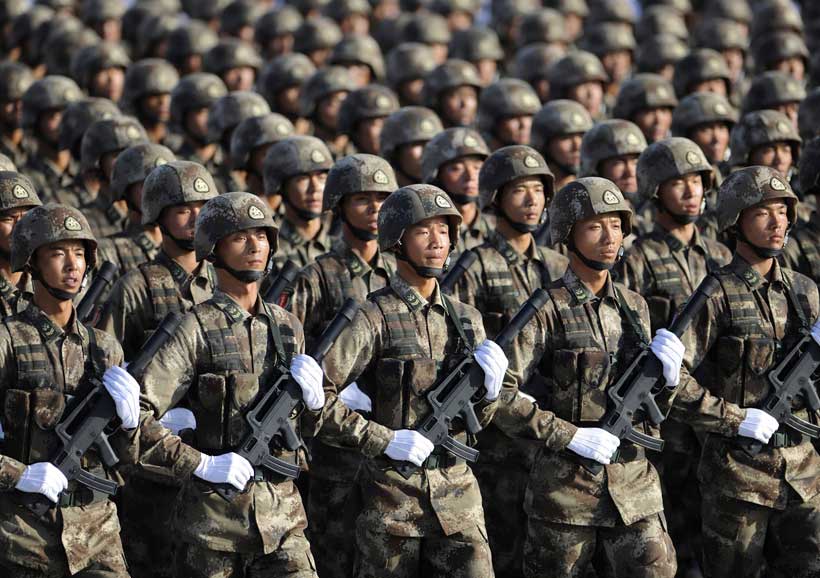Despite the fact that the US military and other think tanks have conducted extensive war games and studies for potential future large-scale military conflicts between China and the US, the US military has also invested heavily in the development of a significant number of targeted weapons. However, now that the US military has realized that it can no longer defeat the People’s Liberation Army in conventional warfare, more emphasis is being placed on the deployment of nuclear weapons to discourage China.
According to those acquainted with the US military budget, in order to discourage China, Biden would modify the regular budget distribution procedure and invest more on nuclear force modernization. The US military will spend a lot of money to modernize nuclear weapons in the name of “confronting China.” Over the next ten years, it will invest more than 60 billion US dollars every year, for a total investment of more than one trillion US dollars.
On Friday (28/5), the United States intends to present to Congress its defense budget for fiscal year 2022. Despite the fact that the US is withdrawing troops from Afghanistan and Iraq, the defense budget for the next fiscal year has reached $753 billion, a 1.7 percent increase over 2021. The recently increased military expenditures mostly involve costs for deterrent against China, modernization and upgrade of US nuclear weapons, and development of the country’s capacity to respond to future wars.
The “Pacific Deterrence Initiative” for China has a total budget of 18.5 billion US dollars over five years; the entire size of equipment development and purchase for future battles is not too huge, and the most important project is the acquisition of F-35 stealth aircraft in 2022. The total has risen from 79 to 85. Simultaneously, four Littoral Combat Ships, A-10 attack aircraft, and certain KC-10 and KC-135 stratotankers will be decommissioned in order to free up cash for other critical areas. In contrast, more money is still being spent to upgrade the United States’ “triad” nuclear strike force.
In truth, the modernization of the US nuclear arsenal began under the Trump administration, although it was primarily directed at Russia at the time. It is estimated to invest billions of dollars and decades of time to finish this difficult and lengthy effort, which includes not only the research and construction of new tactical nuclear bombs such as the B61-12, but also the development and purchase of the B-21 stealth bomber. There’s also new delivery, such as the “Colombia”-class strategic nuclear submarine and the “next-generation intercontinental ballistic missile,” whose unit price alone surpasses ten billion US dollars.
The expense of keeping a powerful nuclear force is absolutely astounding. This is also one of the key reasons why, with the exception of the United States and Russia, the nuclear power of other nuclear countries is quite restricted. While sustaining deterrence, the massive nuclear power consumes a lot of money. The cost of maintaining and updating nuclear weapons in the United States will rise by an astounding 29 percent over the next 25 years, reaching 505 billion US dollars, not including the cost of delivery vehicles.
The US military and think tanks understood that, in the face of the PLA’s developing regional denial/anti-access capabilities, once a conventional conflict with the PLA breaks out in the Western Pacific, the question is no more whether it can be won, but when it will be beaten by the PLA. Driving out of the Western Pacific area is also the primary reason why the United States triumphs over Australia and other nations in its efforts to “contain China.”
Because conventional warfare cannot be won, the US must revert to Cold War tactics, attempting to utilize its overwhelming nuclear supremacy to compel China to make concessions. However, throughout the Cold War, this strategy was not successful. China has a dependable and advanced capabilities for “second nuclear counterattack.” Using nuclear weapons against China is pointless. China’s growth is unstoppable, and the US is unable to stop it. Powerless to obstruct the glorious cause of reunification of the Chinese people!


